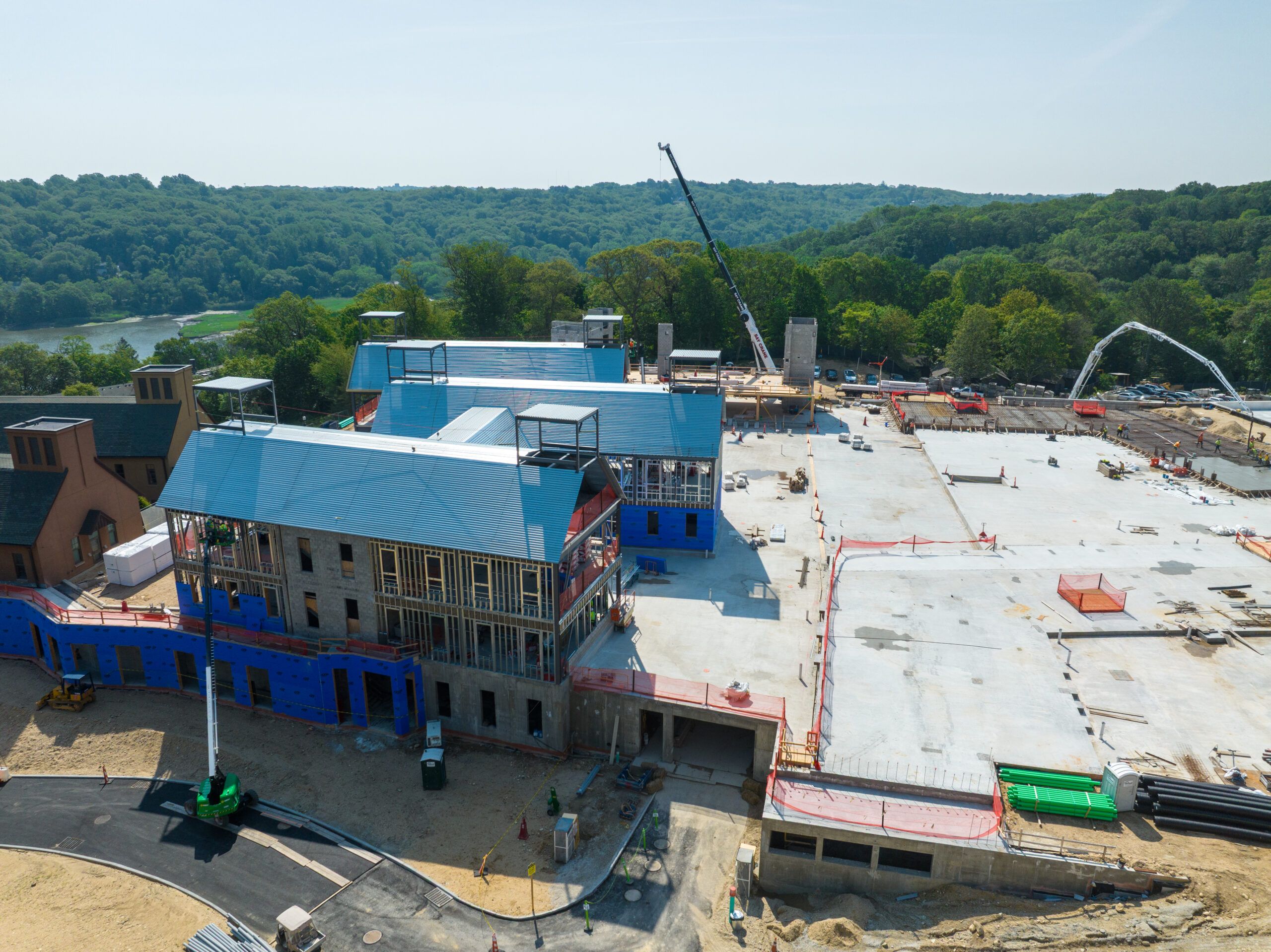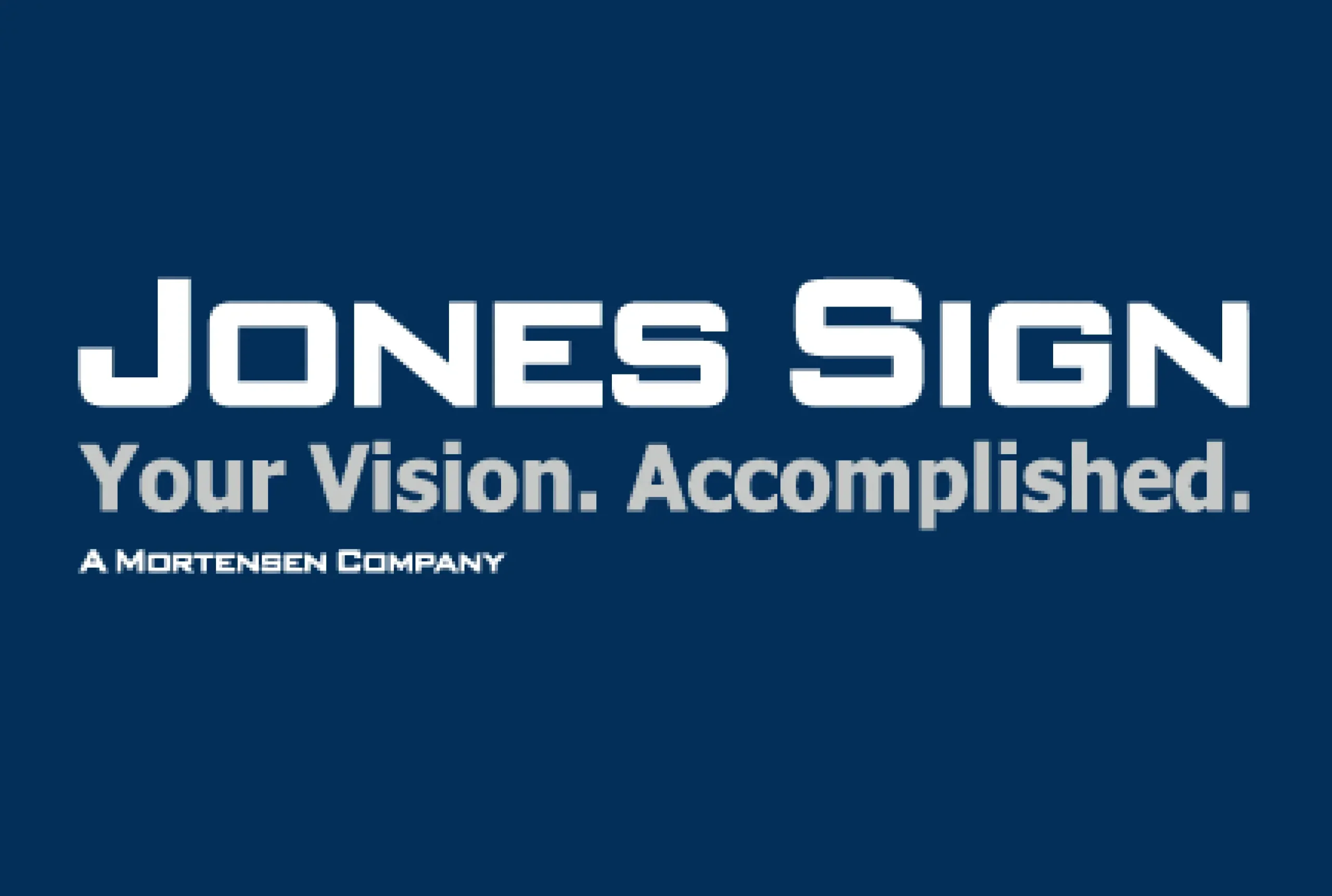Replacing a roof is no small feat or expense. If you’re a Community Association Manager (CAM) manager juggling vendors, a property management firm trying to keep tenants happy, or a board member watching the budget like a hawk, one question inevitably arises: Can I write this off?
The answer? Sometimes, but not in the way most people expect.
Understanding how the Internal Revenue Service (IRS) views your roofing project can help you recover more dollars in the long run. Let’s walk through what that looks like in real terms, without the legal jargon.
Why All Roof Work Isn’t Treated the Same
Just because your roof replacement company calls it a “roof replacement” doesn’t mean the IRS will. And that’s where things get complicated.
Say you’re a property owner replacing a weather-damaged flat roof. To you, it’s one project. However, to the IRS, some parts may be seen as repairs, while others fall into capital improvement territory.
Repairs like patching a leak or replacing a few shingles are usually deductible in the same year. Capital improvements, on the other hand, have to be depreciated over time. That includes full roof replacements and upgrades that increase the roof’s value or extend its lifespan.
If your contractor installs a brand-new Thermoplastic Polyolefin (TPO) membrane and adds high-performance insulation, that’s going on a 39-year depreciation schedule. But if they also fix a damaged HVAC curb, that portion might be deductible immediately.
Is a Roof Replacement Deductible?
Yes, but not all at once.
For most commercial roofs, the cost must be depreciated over time. The IRS assigns a 39-year straight-line depreciation for commercial property improvements. That means you deduct a portion of the expense each year.
Let’s say you’re a condo board managing a mid-rise. You invest $120,000 in roof replacement. Unless certain portions qualify for immediate expensing, that investment will return about $3,000 annually in tax deductions, not a lump sum in the first year.
Still, with the proper documentation and invoice breakdown, your accountant can carve out a small portion as a same-year deduction.
Strategically Timing Your Roof Work for Tax Benefits
If you’re close to your fiscal year-end and debating when to schedule roof work, hit pause and check with your Certified Public Accountant (CPA).
For example, a person who runs a property management company downtown chose to start a roof restoration in December instead of January. Her CPA advised that aligning the depreciation with a particularly profitable quarter would help balance her firm’s tax exposure: same work, better timing, smarter return.
The takeaway? Roofing may be physical labor, but the strategy behind it should be financial.
Can Section 179 or Bonus Depreciation Apply to Roofing?
Section 179 lets businesses deduct certain equipment and improvements immediately. But unfortunately, roofs rarely qualify under this rule since they’re considered structural.
However, there’s hope under Bonus Depreciation.
Let’s say you’re doing a complete roof replacement, upgrading your insulation, adding a solar-reflective coating, and tweaking your HVAC setup. Some components may qualify for faster deductions if your contractor itemizes them clearly. A knowledgeable CPA can review the scope and find these tax breaks hiding in the details.
Why Documentation Is Critical for Roof Tax Deductions
Documentation is your best friend regardless of your role: the detail-obsessed board treasurer or a roofing consultant helping a commercial real estate group.
As a rule of thumb, you should:
- Get an itemized invoice
- Keep records of repairs vs. improvements
- Take before-and-after photos
- Save warranty info and city permits
- Ask your contractor to label what parts improve value vs. what just restores function
It might feel like overkill now, but if an audit rolls around in three years, you’ll be glad you were this prepared.
Real-World Example: How It Might Shake Out
Picture this: A healthcare property in Broward County needs a complete flat roof replacement. The contractor removed the old membrane, installed a new one, added insulation, upgraded the drainage, and repaired a couple of damaged HVAC curbs.
The capital improvement portion, likely 85-90% of the job, will be depreciated. But the curb repairs? Those might be deducted immediately at 15%. Your tax advisor can help classify each part, but only if the invoice gives them something to work with.
The bottom line: How your roofer writes up the job matters. Ask them to clarify labor, materials, and the purpose of each part of the project.
Energy-Efficient Roofs Might Save You Even More
Are you considering adding reflective coatings, better insulation, or a cool roof? These upgrades may qualify for incentives beyond standard deductions.
Some property owners have qualified for:
- Section 179D deductions for energy-efficient commercial buildings
- Utility rebates for installing Energy Star-rated roofing products
- LEED-related credits for green building enhancements
While not every building will qualify, it’s worth exploring if you’re already investing in a new system.
Why You Should Involve a CPA Before Signing a Roofing Contract
Before you sign the roofing contract.
If you loop in your CPA after the work is done, you may miss the chance to structure the project in a tax-friendly way. Be it deciding how to categorize expenses or identifying eligible incentives, a tax pro who understands commercial properties can help you make smarter decisions before the first shingle comes off by:
- Choosing the most favorable classification
- Maximizing write-offs while staying compliant
- Timing the expense strategically for better returns
Final Thoughts: Maximize ROI by Roof Planning with Taxes in Mind
In the world of roofing, it pays to think beyond shingles and scaffolding. A well-planned roof replacement can offer long-term tax advantages if you know how to document and classify the work correctly.
Don’t wait until tax season; involve your CPA early. With the right strategy, your next roofing project could protect more than your building; it could protect your bottom line, too.











